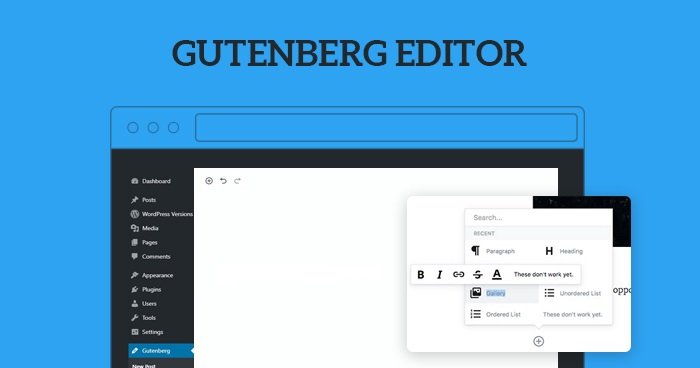Migrating a website from one hosting provider to another can often be fraught with challenges, and my experience transferring from SiteGround to Hostinger was no exception. Initially, I was optimistic about the migration process due to Hostinger’s promise of a seamless site transfer feature. However, my expectations were not met as the transfer process did not function as anticipated. Various errors popped up, rendering the automatic migration tool ineffective. This setback not only delayed my plans but also triggered a cascade of anxiety about the potential loss of data and the stability of my website.
From a technical standpoint, the primary issues I faced revolved around incompatible settings and unforeseen compatibility problems between the two hosting environments. These technical difficulties compelled me to explore alternate methods of building a new site, a task I would have typically approached with an array of reliable plugins, such as Astra and Elementor, which had greatly streamlined my previous website development processes.
Minimalist Approach without Elementor
Transitioning to a minimalist website design has been an invigorating journey for me. Initially, I faced a wave of apprehension about migrating from the Elementor page builder to the Gutenberg editor. My past experiences with Elementor provided me robust features and a variety of customization options, leading to a creative comfort zone that I was reluctant to leave. However, I recognized the potential benefits of adopting a more streamlined and efficient approach to web design, particularly through the Gutenberg blocks.
One of the primary motivations for this shift was the desire to challenge myself and refine my design skills. I was eager to strip down the unnecessary bloat and complex configurations, focusing instead on the essentials. It quickly became clear that Gutenberg, built into WordPress, offered a straightforward yet powerful editing experience through its block-based structure. Each block serves as a modular component, allowing easy manipulation of content and layout without overwhelming options. This minimalistic approach not only enhances speed but also creates a coherent aesthetic across different device screens.
During my exploration of Gutenberg’s capabilities, I found that its advanced features bridge the gap between simplicity and functionality. For instance, the block settings allow seamless customization of headers, footers, and various content areas, making the WYSIWYG experience delightful. The reusable blocks feature is particularly advantageous, allowing me to maintain consistency across my site effortlessly. In contrast, Elementor felt more cumbersome at times due to its myriad options, sometimes detracting from the clarity of the design process.
Thus, while my initial reluctance to migrate from Elementor was substantial, embracing the Gutenberg editor offered me an opportunity to pursue a more minimal design philosophy. This transformation has not only enhanced my website’s performance but has also enriched my design experience through a more intuitive editing process.
Gutenberg Discoveries
As I embarked on the journey of configuring my new website using Gutenberg, the WordPress block editor, I quickly discovered the range of features it offers for building an effective site. Initially, the learning curve felt steep, particularly concerning the various blocks and layout options available to me. However, as I dedicated time to mastering these components, I found myself gaining greater confidence and efficiency in website design.
One of the first elements I had to learn was how to effectively use social icons, which play an integral role in enhancing user engagement and connecting visitors with my social media platforms. Gutenberg allows for the easy integration of social icons through customizable blocks, making it straightforward to link my profiles without overwhelming the overall aesthetic of the site.
Another aspect of my learning journey involved managing header rows and columns. Understanding how to structure these elements meant I could better organize content for clarity and visual appeal. Using columns not only helps in presenting content side by side but also allows for a more creative arrangement of text and images, enhancing the user experience.
Group operations became a revelation during my exploration. Learning how to group blocks together allowed for seamless adjustments when formatting the overall layout. This technique ensures that when I modify one block, the entire group remains aligned and cohesive. Moreover, mastering typography proved crucial; choosing the right font styles, sizes, and colors significantly affected the readability and feel of my website.
A new site in Hostinger
This post was writing mostly using the AI plugin in Hostinger. I don’t know what models it uses underneath, but having this itself is a great value for content writers. Will find if there is a ChatGPT integration where I can choose my models and import existing chats. Fingers crossed. Anyway, plan to write a few posts every week. Lets see

Leave a Reply